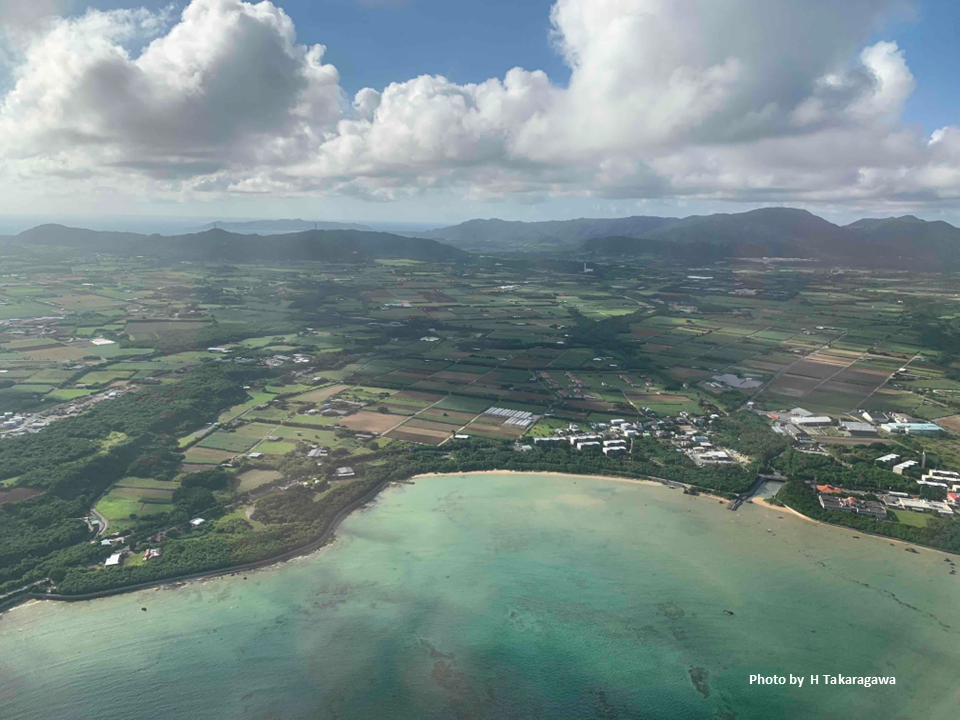Pick Up
1208. Why study sugarcane? (Takaragawa’s Newsletter vol. 5)

1208. Why study sugarcane? (Takaragawa’s Newsletter vol. 5)
JIRCAS is an international research organization that, despite not being an educational institution, is involved in the development of research personnel at national and international levels. I have been giving lectures at high schools and universities as part of outreach activities. This time, when lecturing to master students and third-year university students at the Graduate School of Agricultural and Life Sciences, Nagoya University, and the Faculty of Agriculture, University of the Ryukyus, I surveyed the students about why they study sugarcane (or why not), and thought about it together with them. I'd like to share some of my thoughts and would like to hear from our readers as well.
Researchers working on a particular crop will describe why they are focusing on that crop in their thesis or application for grants. When correcting one student's application, I once came across a sentence that said: ‘This crop is vital’. I tend to do this a lot, but just saying ‘sugarcane is important’ does not tell you what part of the crop is important and where, i.e. what the social needs are. I often use the following arguments as a 'technique' to explain why sugarcane is important: sugarcane is a sugar and energy crop produced on about 26 million ha in over 90 tropical and subtropical regions and countries around the world; it is a crop that supports local economies, such as the Southwest (Nansei) Islands; it has the same unique photosynthetic system, C4 photosynthesis, as maize and sorghum, and therefore has a high carbon fixation potential; it has a significant impact on the surrounding environment and resource use due to its proportion of the farmed area and geographical conditions in a given region; or meta-thinking as sugarcane is not well studied. There is a reason why I described it a bit negatively as a ‘technique’, and it is actually a reminder to myself that cultivation researchers are not good at understanding the social demand and technology promotion related to their own research (or lack of effort), and tend to rely on some literature information and biased local experience to explain their research demand. At JIRCAS, there are good examples of collaboration between different fields, such as the need for research on cultivation of nutritious coloured rice and legumes and vegetables other than rice, based on rural surveys in Madagascar, and the findings that higher rice yields lead to higher farmer incomes and have a positive impact on improved nutrition and purchasing behaviour, but the intensity of collaboration between the social sciences and the agronomical scientists is not always high. In order to translate the social needs assessment into concrete achievement targets, it is necessary to establish a system in which technology development researchers and social science researchers can collaborate and conduct research needs assessments together. Fortunately, JIRCAS has researchers from different fields, so we plan to deepen discussions on the social needs of research, including why sugarcane research is important, through interdisciplinary collaboration.
Now, let us turn to the students' opinions on why, on the contrary, sugarcane is not chosen as a research subject. Practical and logical reasons accounted for the majority of the responses from master students at Nagoya University: they did not know much about sugarcane, they thought it could only be studied in the tropics and subtropics because of its long cultivation period, and they joined a lab that studied other crops. On the other hand, when students at the University of the Ryukyus in Okinawa, where sugarcane is a major crop, were asked the same question, a number of students, mainly from within the prefecture, gave negative opinions about sugarcane, ranging from biased opinions such as hearing from their parents' generation that it is not a profitable crop, to negative reasons such as the difficulty of research, that they have nothing more to research, and that they find new crops attractive. As a sugarcane researcher involved in human resource development, I was humbled by the fact that many students from the prefecture, who have been relatively familiar with sugarcane, expressed opinions that are typical of the negative loop of declining production-motivation (effort): declining motivation due to ageing and dual employment ⇒ declining yields ⇒ declining profits ⇒ declining motivation for production. Through lectures and other external communication opportunities, I would like to explain that there are islands and regions where sugarcane supports the local economy and land conservation, that sugarcane is a fascinating crop that can be studied for its physiology and genetics outside Okinawa, that there are many profitable farmers (or that we need to think about what we can do to reduce the number of unprofitable farmers). I also emphasized the research presence and center functions of TARF, and felt that it was my mission to be open to joint research with universities and students.
Contributor: TAKARAGAWA Hiroo, Tropical Agriculture Research Front
